Diving is an amazing mix of adventure, nature, and science. But let’s be honest—if you’re not keeping safety front and center, things can go south real fast. That’s where rules like the 120 Rule come in. If you've never heard of it or only vaguely remember it from a seasoned diver’s toolbox, this guide breaks it down in plain English.
Whether you’re a beginner looking to understand it or a veteran diver wondering if it still holds water in 2025, you're in the right place.
The Basics: What’s the 120 Rule?
The 120 Rule is an old-school, easy-to-remember guideline that helps divers estimate how long they can stay at a certain depth without needing a decompression stop. It's mainly for recreational divers using air, not Nitrox or other fancy gas mixes.
Here’s how it works:
Your max depth (in feet) + your bottom time (in minutes) should be less than or equal to 120.
That’s it.
So if you plan to dive to 60 feet, the rule says you shouldn’t stay down longer than 60 minutes. Planning to hit 90 feet? Then stick to 30 minutes max.
It’s quick. It’s simple. It’s not perfect—but it was never meant to be.
Why Did Divers Use the 120 Rule?
Back in the day—before dive computers were common—divers needed something easy to help them plan dives without doing a ton of math. Dive tables helped, but the 120 Rule? That was your mental shortcut. It gave divers a ballpark idea of how long they could stay down safely. Think of it like the “20 minutes per pound of turkey” rule in cooking—it won’t win any awards for precision, but it won’t get you sick either (usually).
Recommended: What is the Diving Golden Rule?
When the 120 Rule Works
Let’s be real—this rule isn’t some magical safety net. But it can work in a few specific scenarios:
-
Recreational air dives
-
Shallower dives (under 100 feet)
-
One-time dives, not repetitive
-
When you don’t have access to a dive computer
It’s basically a “better than nothing” kind of guide. For casual divers in predictable conditions, it’s a decent way to double-check your dive plan.
When the 120 Rule Fails (And It Definitely Can)
Here’s where things get sticky. The 120 Rule isn’t a cure-all. It’s not even officially endorsed by training agencies like PADI, NAUI, or SSI. And in some cases, it could actually give you a false sense of security.
Let’s break down a few examples where it falls apart:
❌ Nitrox Diving
Different gas, different rules. Nitrox has more oxygen and less nitrogen, which changes everything. The 120 Rule doesn’t apply—at all.
❌ Dives Over 100 Feet
The deeper you go, the faster nitrogen gets absorbed into your body. The rule assumes a nice, linear relationship. But reality? It’s exponential. At 120 feet, even 5 minutes can push you close to decompression territory.
❌ Repetitive Dives
Residual nitrogen from earlier dives isn’t factored into the 120 Rule. That makes it unreliable if you’re doing multiple dives in a day.
❌ Technical or Overhead Diving
Caves, wrecks, deep wrecks—these require specific training, equipment, and gas management. The 120 Rule is way out of its league here.

So, Is It Still Useful?
Short answer: yes—but with big, bold asterisks.
Think of it like a backup flashlight. If your main light (a dive computer) fails, it’s good to have, but you wouldn’t plan your whole dive around it.
If you’re diving in a controlled, shallow, air-only environment, it can serve as a helpful sanity check. But for anything beyond that, you should be relying on:
-
Dive computers
-
Dive tables
-
Training
-
Common sense
Modern Dive Safety: More Than Just One Rule
The 120 Rule is just one slice of the safety pie. Today, responsible divers use a layered approach to safety. Here are a few essential rules to remember:
✅ Never Hold Your Breath
Basic scuba 101. Always breathe. Holding your breath can cause your lungs to expand and rupture on ascent. It's as bad as it sounds.
✅ Ascend Slowly
Rushing to the surface is a recipe for decompression sickness (DCS). Go slow, let your body adjust.
✅ Use the 1/3 Rule for Air
Spend a third of your air going in, a third getting back, and keep a third for emergencies.
✅ Make Safety Stops
Even if you’re within no-decompression limits, pausing at 15-20 feet for 3-5 minutes is smart.
✅ Dive Within Your Certification
Insurance may not cover you if something goes wrong and you were diving beyond your training. It’s not just about safety—it’s about accountability.
Real Risks of Ignoring Dive Limits
Going past what you’re trained or equipped for can trigger a chain reaction of dangerous outcomes:
-
Decompression Sickness (The Bends): Pain, paralysis, even death.
-
Nitrogen Narcosis: Your brain on nitrogen at depth feels like a strong cocktail—with none of the fun.
-
Oxygen Toxicity: Seizures underwater = terrifying.
-
Barotrauma: Ever feel your ears explode? Yeah, it’s that.
-
Drowning: Everything above can lead to panic and drowning.
And if that’s not enough to scare you into following the rules, consider this: your insurance might not pay if you broke protocol.
Final Thoughts: Should You Use the 120 Rule?
Use it as a mental check—not your main plan.
The 120 Rule is like bringing a paper map on a road trip. It’s good to have, but you're still using GPS, right?
Modern divers should rely on computers, training, and detailed planning. But if you're ever in a pinch—or just want a quick ballpark—it doesn’t hurt to run the numbers.
Safety isn’t about being fearless; it’s about being prepared.
FAQs
Q: Is the 120 Rule still taught in dive classes today?
Not officially. Most agencies like PADI or SSI don’t include it in their training. Dive computers have largely replaced it, but some older instructors may mention it as a historical reference or backup planning tool.
Q: Can I use the 120 Rule with Nitrox?
Nope. Nitrox changes your oxygen exposure and decompression limits. You need to use dive computers or Nitrox-specific tables to plan those dives.
Q: What’s safer: relying on the 120 Rule or a dive computer?
Dive computer, hands down. It adjusts in real time based on your depth, time, and previous dives. The 120 Rule is static and doesn’t account for many important factors.
Featured Articles:
- Flying with Your Underwater Scooter: A Comprehensive Guide to Air Travel Rules
- Top 6 Best Underwater Scooters Under $600
- Underwater Scooter Battery Life and Runtime: What You Need to Know
- Diver Propulsion Vehicle Recommendations: What’s Best for Your Dive Type?
- DIY Guide: Upgrading Your SUP with an Electric Motor
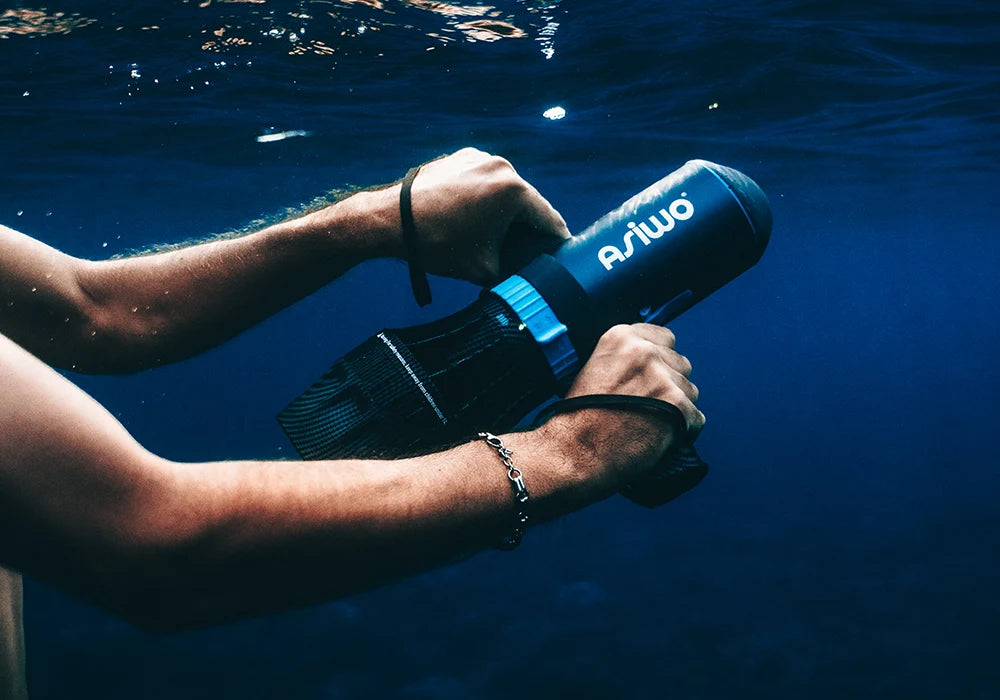




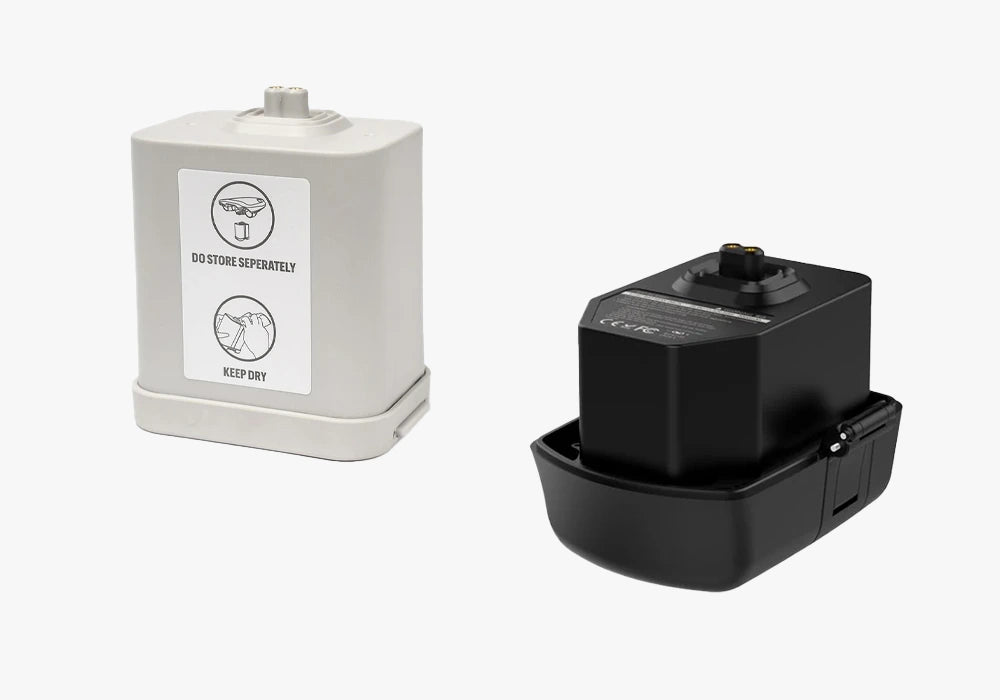




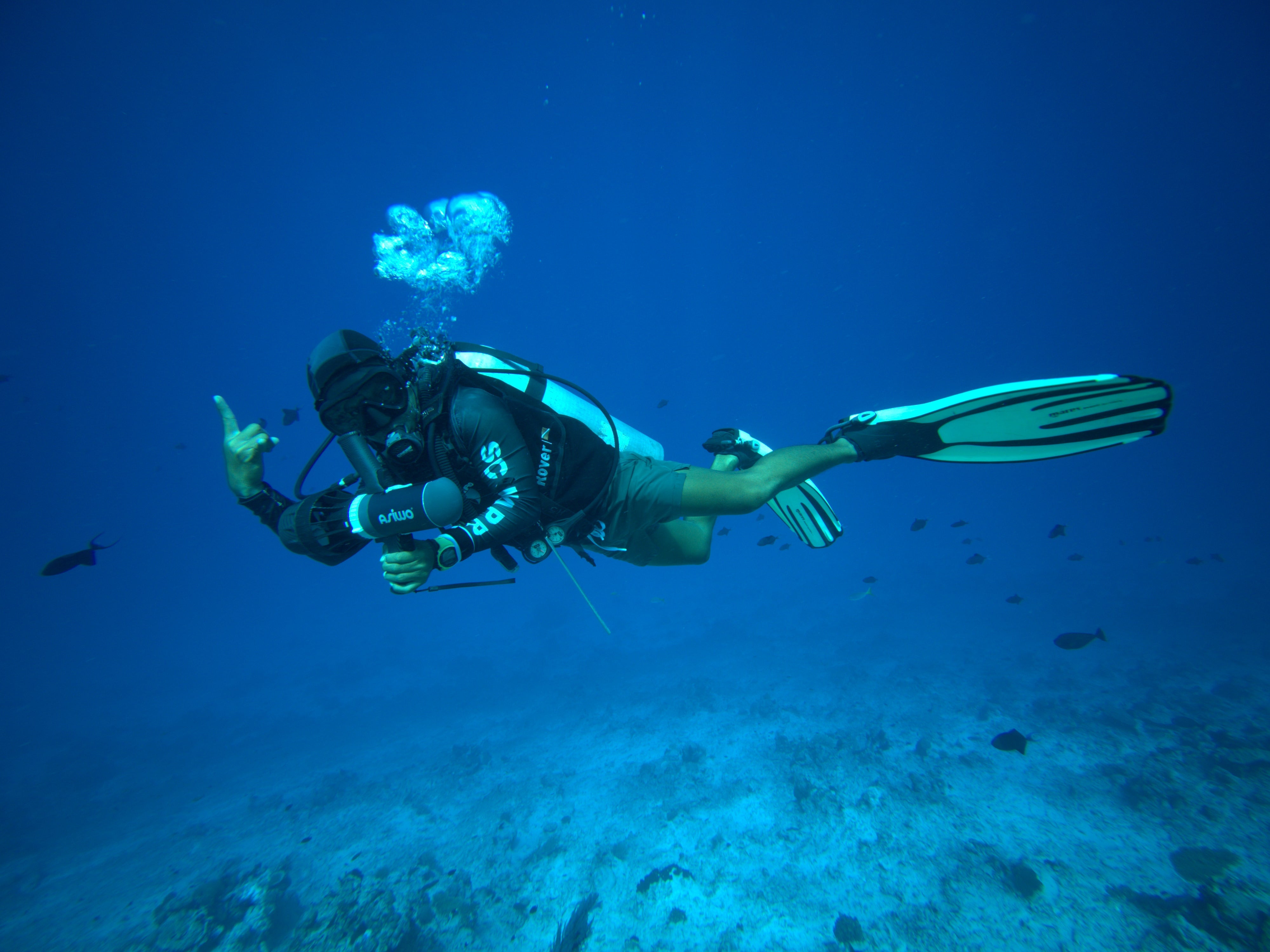
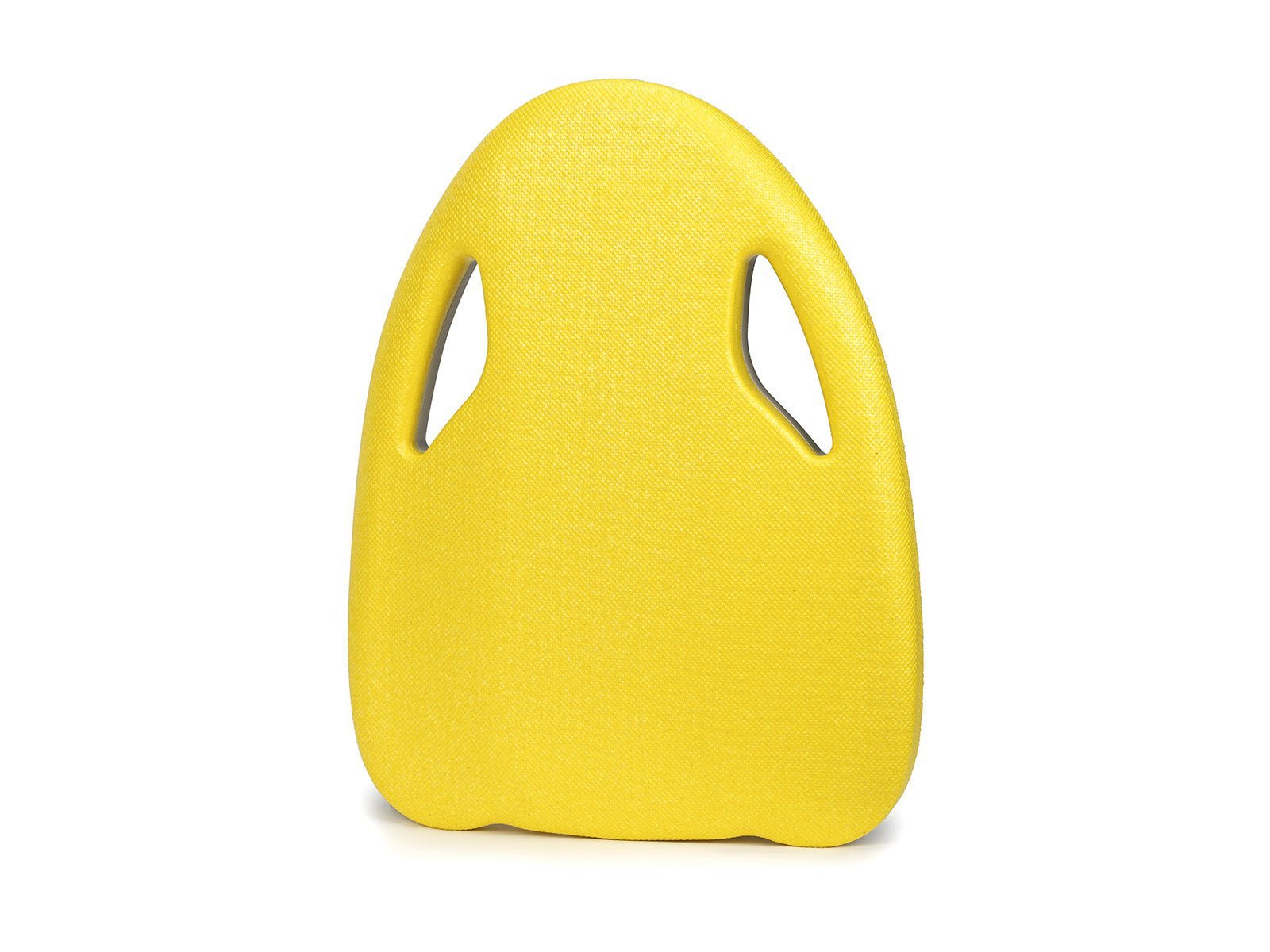

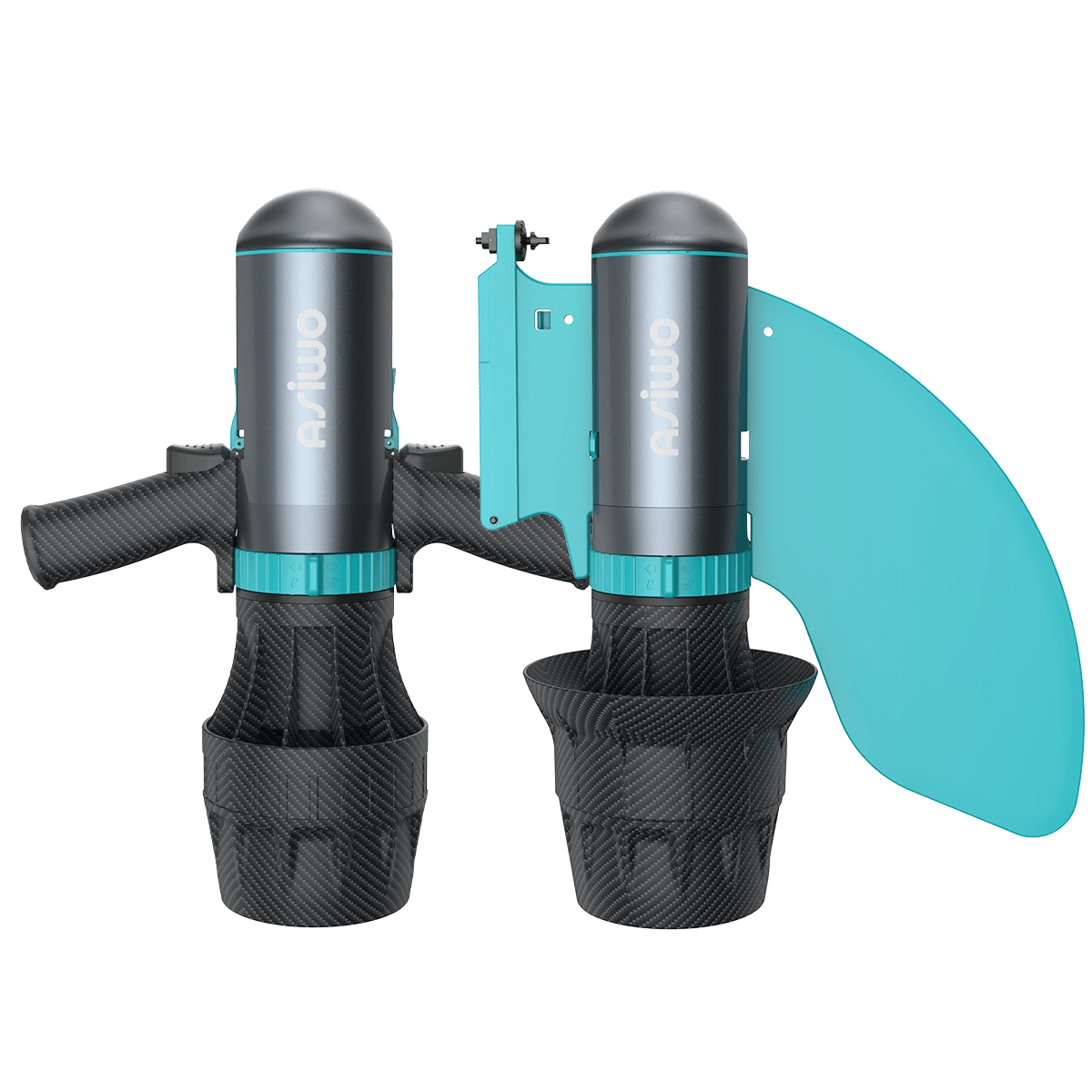


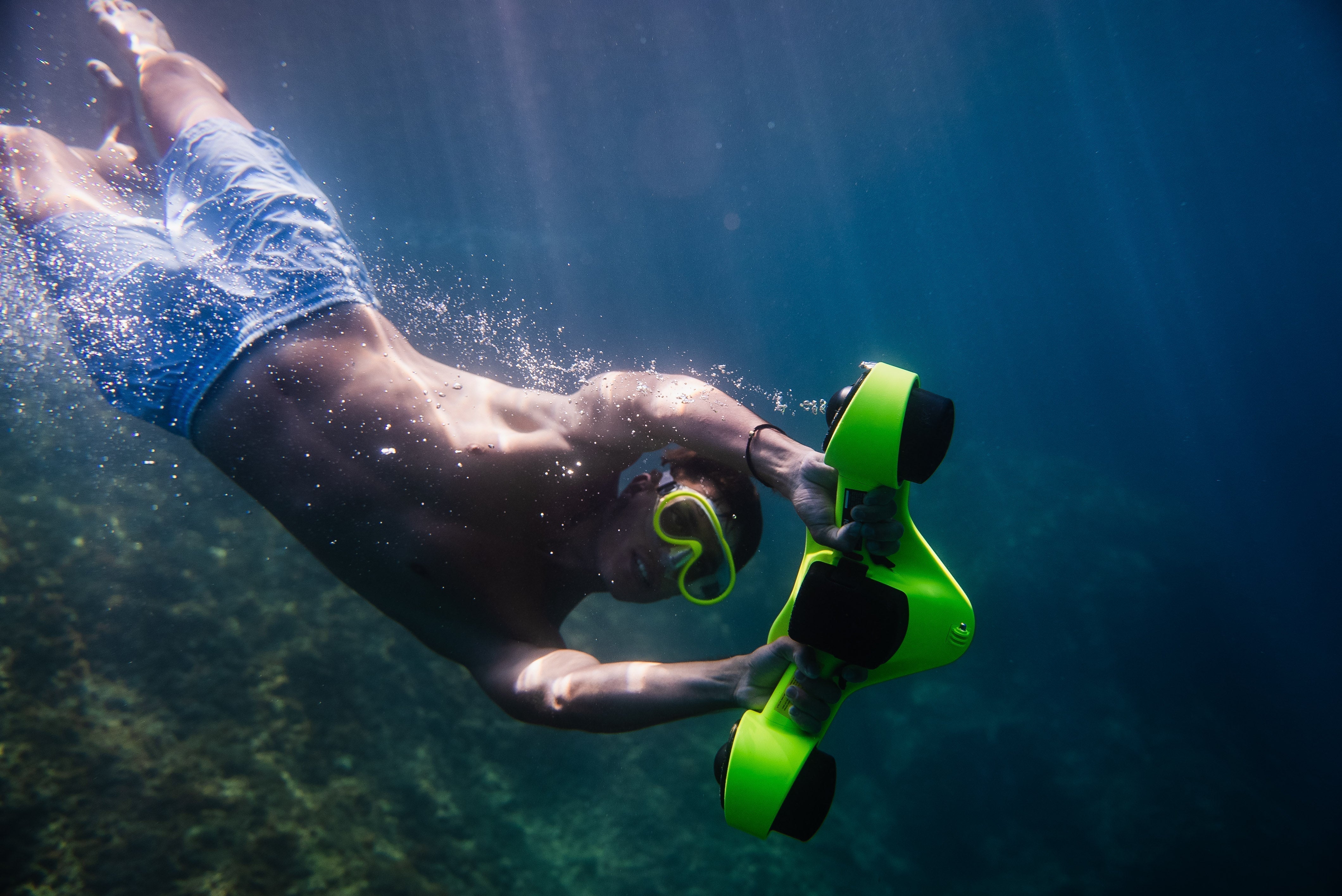
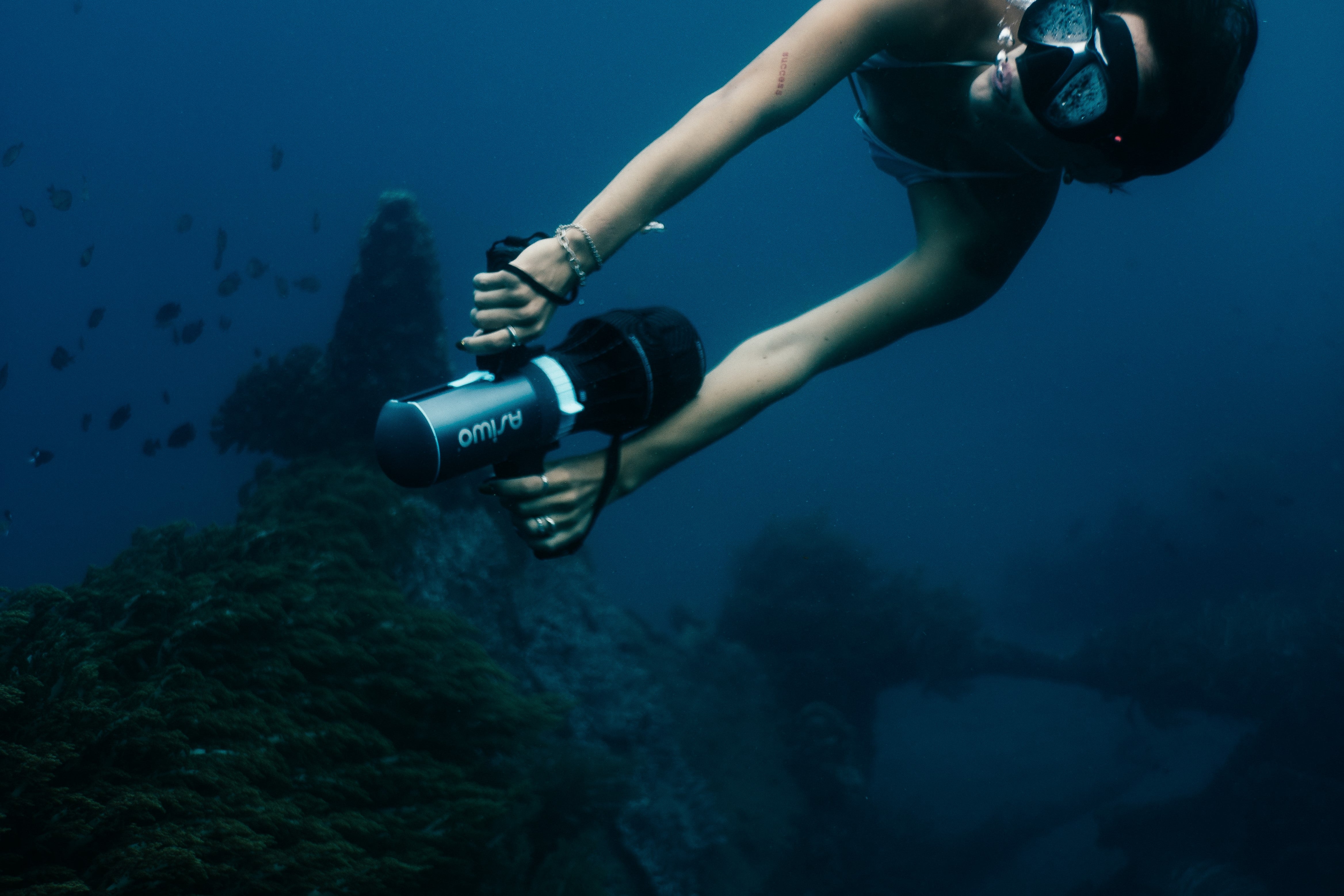
Leave a comment